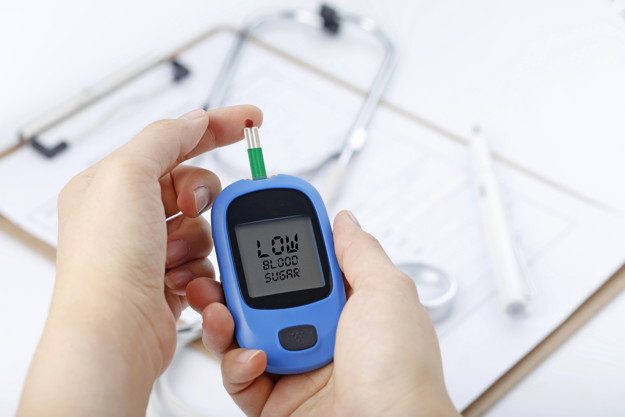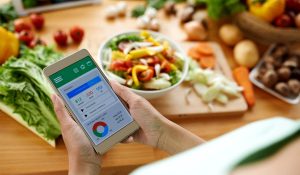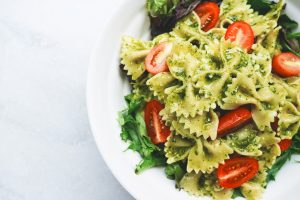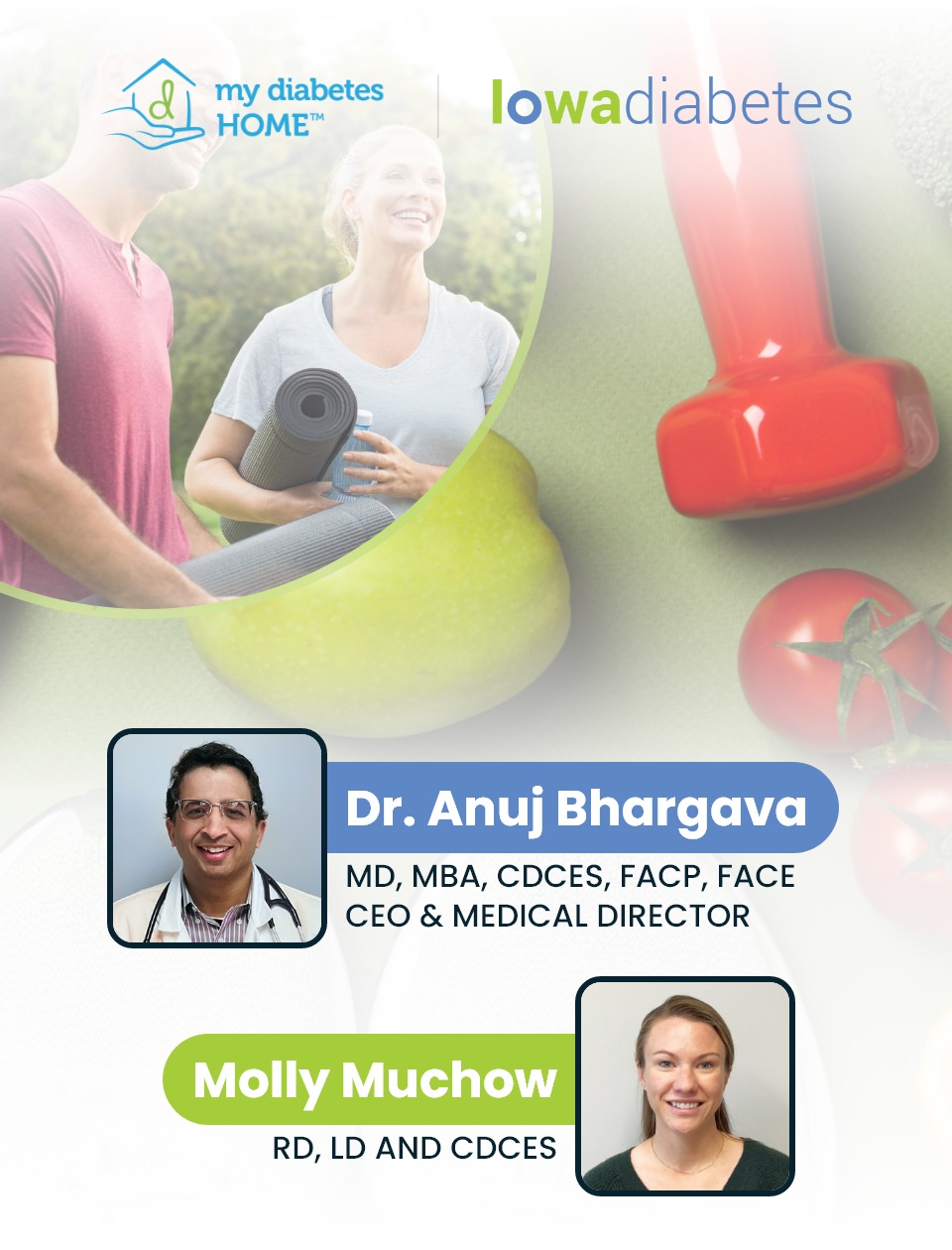
The Low-Down on Low Blood Sugar
Hypoglycemia is a condition that occurs when your body has abnormally low blood sugar level (less than 70). According to the American Diabetes Association, it is characterized by the following symptoms:
Mild Symptoms:
- Shakiness
- Palpitations
- Sweating
- Dizziness
- Fast heartbeat
- Hunger
- Blurred vision
- Decreased concentration
- Headache
- Drowsiness
Moderate Symptoms:
- Staggering
- Confusion
- Inappropriate behavior
- Irritability
- Difficulty speaking
- Weakness
At Iowa Diabetes, we teach patients the best steps to take when they are feeling these lows. The ADA recommends following the “Rule of 15s” when treating low blood sugar.
Rule of 15
- Test blood sugar
- have 15 grams of carbohydrate to raise your blood sugar
- check it after 15
- If it’s still below 70 mg/dL, have another serving.
- Repeat these steps until your blood sugar is at least 70 mg/dL.
What is 15 grams of carbs?
- Glucose tablets (4)
- Glucose gel (1 tube)
- Small piece of fruit (apple, nectarine)
- 1 tablespoon of sugar or honey
- 1 package of fruit snacks
- ½ cup of fruit juice or regular soda
- 1 cup of skim/1% milk
We sat down with someone who has firsthand experience dealing with hypoglycemia so she could tell us how she deals with the condition day-to-day.
Q: How was hypoglycemia explained to you?
A: I always understood that hypoglycemia meant I had low blood sugar because my body doesn’t process glucose the way it should.
Q: How do you monitor your blood sugar?
A: I deal with my hypoglycemia based on how I feel. When my sugar drops too low, I don’t feel like myself and I know that I have to eat.
Q: How do you know when your blood sugar is low?
A: I get shaky and very moody. When this happens, I try to find food as quickly as I can, and avoid talking to most people. It’s tough to deal with hypoglycemia because loved ones oftentimes get the brunt of my moodiness–even though it’s not their fault.
Q: How often do you get bouts of low sugar?
A: Only when I don’t pay attention to my eating habits during the day. It used to be a lot worse when I was younger, because I wouldn’t recognize what my body was telling me. I often got so hungry that I couldn’t pick something to eat to get my sugar level back to normal. Now I usually carry some sort of snack with me just in case!
Q: Do you have any advice on how to best manage hypoglycemia?
A: I always try to eat balanced meals. The best guideline for a balanced meal is the MyPlate initiative that the USDA has implemented.
Q: What kind of foods do you eat to help keep your blood sugar balanced?
A: I try to stay with foods that are easily accessible, with a little to no fat, a relatively high amount of protein, and not much sugar. Some of my go-to snacks are cheese cubes or string cheese, granola bars, and fruits and vegetables.
Summary
Hypoglycemia is a condition when your body has extremely low blood sugars. It may seem like a daunting task to manage, but through management of your sugars with the right foods and proper routine you will be able to crush it.
Disclaimer Statement: This is for educational purposes only and not intended as medical advice. For individual medical advice, contact your healthcare practitioner.





